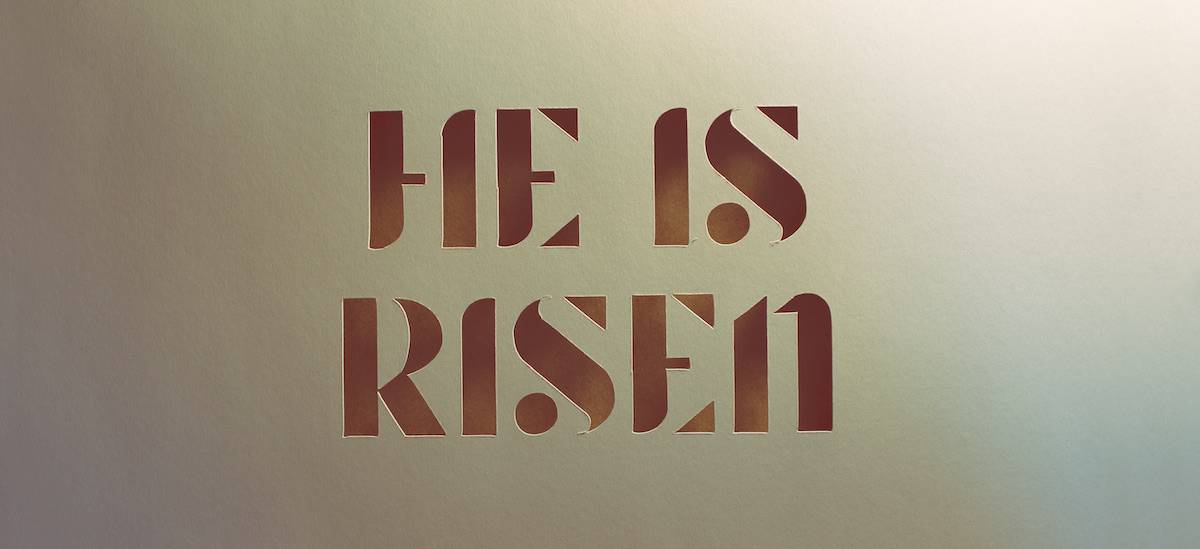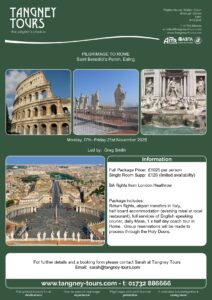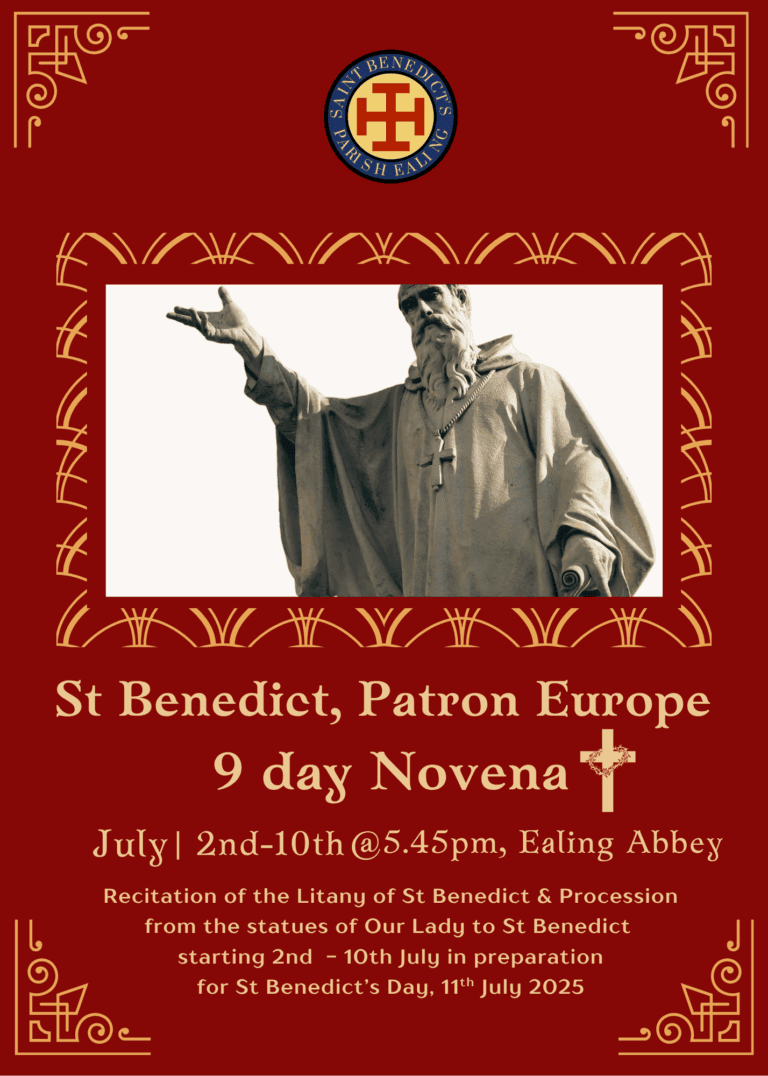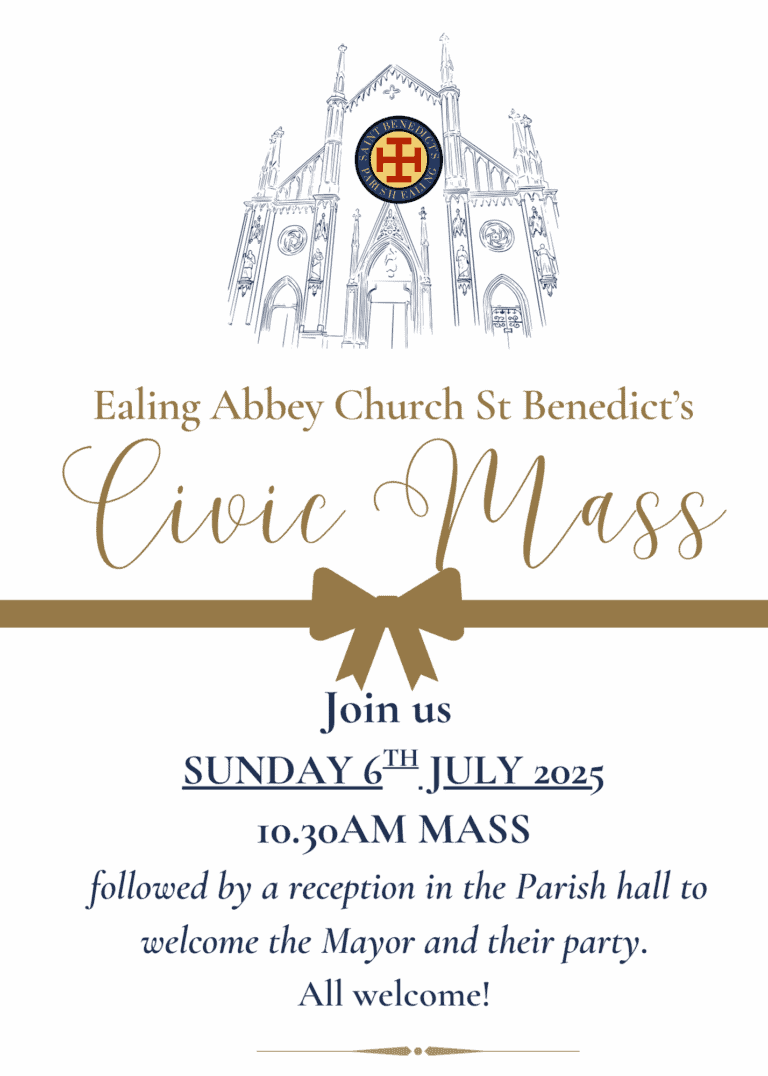Dear Parishioner,
3rd Sunday of Easter: the nature of Christian resurrection: Luke 24: 36-48
In the earlier story of Emmaus the risen Jesus is part of the narrative but not the point of the narrative. The point there was that the two travellers who met Jesus along the way only came to understand Jesus in the eucharistic encounter, ‘how they [had] recognised the Lord in the breaking of bread’. This symbolic breaking of bread was also symbolic of how Jesus died as his earthly body too was broken on the cross. The connection between the two however they did not yet understand. The Emmaus episode is a teaching on how to interpret the Eucharist as the meaning of the Cross, and how to interpret the Cross as the embodiment of the Eucharist. When Jesus appears among them he is not recognised, and when he is recognised he disappears. Now I am reminded of Emma Thompson’s words to the children in her eponymous role as Nanny McPhee as she says: “When you need me, but do not want me then I must stay. But when you want me but no longer need me, I have to go”.
In today’s Gospel Jesus’ appearance terrorises the group of disciples. And why not, they think he is a ghost, a disembodied presence who has died and is still considered dead. Jesus then provides them with the reassurance they need: It is I. His gift of ‘peace’ restores them to their relationship with him. He is no ghost, but living flesh and just in case they still have doubts he invites them to touch his hands and feet. And again they eat.
I conducted a funeral service last week where I spoke about the very real human trait of wanting things restored to the way they were. A loved one dies and we just want things to go back to where they once where, if only for a fleeting moment: perhaps to say sorry, perhaps to un-say or un-do a wrong committed or retract words spoken in anger, or perhaps simply to say ‘I love you’ — words that we might not have uttered in a very long time. I suspect many of us have been there. The Christian conviction of resurrection is of course not the same as resuscitation, Jesus does not, despite the touching of flesh and the eating of fish, occupy the same space-time continuum as he did before his death even though the language of the gospel seems to suggest otherwise. But we should not forget that we are using analogous language because the gospel writers, like ourselves, only have human language to express divine truths. We have no other means. St Paul in 1 Corinthians reflects on the nature of resurrection when he says, simply that the physical body becomes a spiritual body. Therein lies a clue to what Christian resurrection is: there is a continuum in the form of body (which is why the Church teaches us that we are raised body and soul); and there is at the same time, a transformation: that which was physical becomes spiritual.
Two thousand years after this resurrection event, we as church are entrusted with making that message anew and passing it to others. The message is only kept alive by giving it away.





